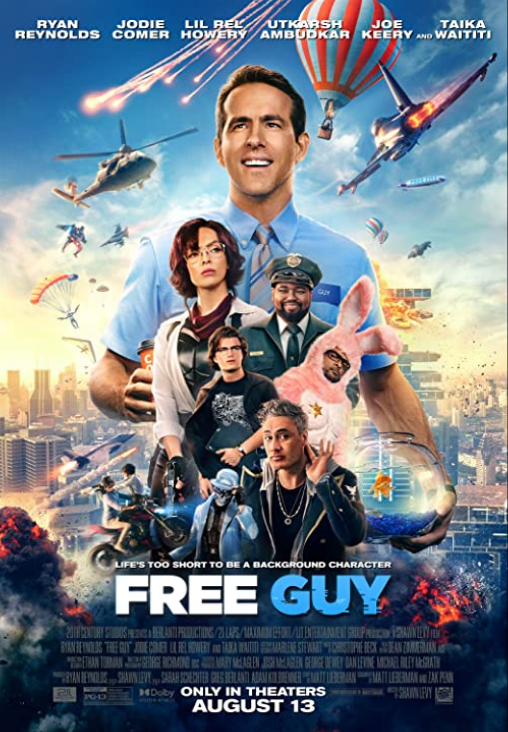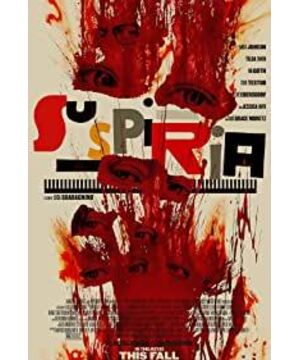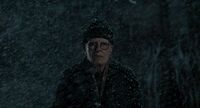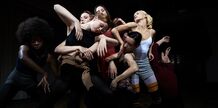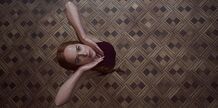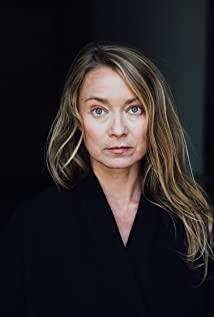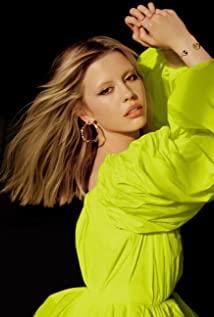There is no doubt that "Suspiria" is an excellent work in audiovisual language. In this ancient story of young bodies being invaded by older witches, director Luca Guadagnino used almost every scene, every angle and every kind of mirroring. The film uses a lot of low-angle shots, producing different effects in different scenes. The dialogue between Susie and the dance teacher Blanco uses a low-angle shot on the AB side of the middle shot. When it turns to Susie, it is the unknown before the danger comes, and when it turns to Blanco, it is the unknown before the conspiracy broke out. Such a lens, combined with the contrasting lighting of the human face and the scene, brings the audience back to the aesthetics of the film noir period. When Blanco walked behind Susie, the fear that Susie had not yet come was shown in the close-up foreground, while Blanco was completely blurred in the back, using the strong contradiction of “fake” in the scene—this contradiction. It is even inconsistent with the physical phenomenon-to highlight the inequality of the relationship between the characters.
It also allows the audience to return to the lens language of the 1930s, which is also reflected in the fast and rough sliding and panning of the lens. The camera's point of view suddenly changes from one character to another, creating a sense of tension in the scene. When this tension is combined with music, it brings the audience back to Germany in the 1970s. Of course, the combination of dance scenes and witchcraft scenes is also interesting. In order to express the authority, helplessness, and physical strength of the characters at the same time, the dance scenes used almost all possible angles and scenes, from the big scene to the close-up, from the overhead shot to the upside down shot. The scenes of several dances are often edited in parallel with scenes where other characters are tortured by witchcraft. The power of dance becomes the power of witchcraft, and violence becomes aesthetics.
It can be said that the director Luca Guadagnino in "Suspiria" just wants to be scary. So his pictures are not used for narrative, but to provoke the audience's fear and make the audience "not so comfortable." For example, when Susie first performed a leading dance, another female student who ran away suffered torn bones in the secret room. If it is only to explain that there is a witch in the school, this scene does not need to be so long; the reason why the scene is so long is obviously to make the audience more sensory stimulation. But for this reason, as a horror film, "Suspiria" has become very weak to the audience's psychological stimulation. Because the audience knows what kind of massacre will happen next, the audience just doesn't know how long this massacre will take.
Therefore, the script of "Suspiria" actually has a big problem. Luca Guadagnino clearly intended to express something else, and deliberately to be superficial. Some obvious setting and Dr. Joseph Klemperry’s story line make the purity of this ghost story seem suspicious.
Another reason why the director’s intentions did not perform well is that the character of Joseph Klemperry was described too thinly. He was set with a lot of backgrounds that seemed to have higher intentions, but he could not solve it. The plight of his character-finding his wife, did not help the protagonist to get rid of her plight. If the focus of the film finally falls on Joseph Klemperry, which is the trauma of World War II, the character’s early portrayal is too weak; if the director just wants to tell a ghost story, then the ending appears again. Superfluous. What makes the script even more taboo is that Joseph Klemperry didn't find his wife by himself, but he heard the truth from the "mother". Susie did not discover the witchcraft step by step, but directly accepted the possession of the "mother", so it is difficult for the audience to project the protagonist's psychological fear on themselves. The fear caused by excellent audiovisual language is only Can stay in the senses
.
